Special policies for developing railway systems

On the afternoon of February 15, continuing the program of the ninth extraordinary session, National Assembly deputies discussed in the hall the investment policy for the Lao Cai - Hanoi - Hai Phong railway construction project and the draft Resolution of the National Assembly to pilot a number of specific and special mechanisms and policies to develop the urban railway network system in Hanoi and Ho Chi Minh City.
Delegate Hoang Van Cuong (Hanoi Delegation) highly appreciated the prospects of this project because this is a railway connecting Lao Cai - Hanoi - Hai Phong, and is also the second most important corridor, after the North - South economic corridor, with a very large volume of freight transport.
This route combines two modes of transport, freight and passengers, so it is highly useful and will connect with Chinese railways.

From the above analysis, the delegate suggested that this project should emphasize more on prioritizing orders and assigning tasks to domestic enterprises to build roads, bridges, and tunnels; produce railways; and build train cars. According to the delegate, in the meeting with the Prime Minister, all enterprises affirmed that they could do it if the Government placed an order.
“When the Government places orders with businesses, we accept that the initial cost may be higher than if we buy from abroad. But then, all of that investment will become domestic economic growth and help GDP growth...”, the delegate suggested.
In addition to boldly placing orders, the delegate said that the Government also needs to commit to market share. “If this route is completed without placing orders for other routes, businesses cannot invest large amounts of money to buy technology. With a commitment, businesses can feel secure in investing, avoiding a situation like the small automobile industry market share but allowing too many businesses to enter, leading to businesses not investing in technology, but buying components for assembly,” the delegate stated the current situation.

Meanwhile, delegate Tran Van Tien (Vinh Phuc delegation) said that the investment in the project is necessary, in line with the strategy, socio-economic development plan and related planning. The delegate also suggested paying attention to connecting the station with existing roads and routes in the planning of localities. In addition, it is necessary to review the location and function of each station to ensure compliance with the planning of localities with railways running through; ensuring traffic connection as well as promoting local economic development.
Agreeing with the Government's proposal, the project is invested in the form of public investment and investment phases along with specific policies, delegates suggested that when the project is completed, there will be many parallel routes in the same area with different forms of transportation. Therefore, it is necessary to assess the impact of the project on the transportation market share and transportation business activities on each route when completed to have appropriate solutions.
Creating a breakthrough in urban railway development

Delegate Nguyen Van Canh (Binh Dinh Delegation) expressed his agreement with the draft Resolution of the National Assembly to pilot a number of specific and special mechanisms and policies to develop the urban railway network system in Hanoi and Ho Chi Minh City. The delegate said that he had traveled on three completed railway lines in Hanoi and Ho Chi Minh City; experienced the bus connecting Cau Giay station of the Nhon - Hanoi station line to Cat Linh station of the Cat Linh - Ha Dong line.
To improve the efficiency of urban railways, the delegates analyzed that the main customer group of urban railways is people living within a reasonable walking distance to the stations. The number of people using the railways is a factor to evaluate the investment efficiency of the lines. Because the 3 urban railways have stations mainly in existing residential areas, supply may not meet demand, many people living near the stations may not have the need to use urban railways. Many people who need to use urban railways live quite far from the stations.
For example, in Ho Chi Minh City, a family lives in District 10, the parents work in District 1 near Ben Thanh Station, the child is studying near the National University Station. If this family lives near any station of the Ben Thanh - Suoi Tien line, the whole family will have the need to use the urban railway because it is safe, punctual and economical.

On the other hand, there are also many families living near the stations but their members work and study in District 10. It would be very convenient if their house was in District 10. If these two families were to exchange houses, both families would benefit from commuting to work and study, and the metro line would also have more customers.
From the above analysis, delegate Nguyen Van Canh recommended that the Central Government as well as the two localities consider having a mechanism to support the form of house-for-house exchange, and support procedures for quickly converting land and housing ownership.
"A policy that benefits the people and improves the efficiency of public asset use will receive high consensus, contributing to improving the effectiveness and efficiency of policy making" - the delegate suggested.

At the discussion session, Minister of Transport Tran Hong Minh spoke to accept, explain and clarify the contents raised by National Assembly delegates.
Reporting on the Lao Cai - Hanoi - Hai Phong railway project, Minister Tran Hong Minh said that the route of the project was studied and selected to ensure the shortest and straightest route, reducing construction and volume on the route, balancing the volume of excavation and filling, and working with 9 localities to agree on the route plan. The constructions on the route must be designed to ensure load-bearing capacity and must meet national and international design standards.
Regarding the issue that most delegates were most concerned about, the total investment, Minister Tran Hong Minh said that according to the standard, the unit price in the preliminary design is approximately 8.3 billion USD for the entire route, including construction costs, equipment, site clearance and other costs. If the site clearance costs and some other costs are deducted, the construction cost is at 15.97 million USD/km.

The Minister also clarified the issues that National Assembly deputies were concerned about regarding the National Assembly's Resolution on piloting a number of specific mechanisms and policies to develop the urban railway network system in Hanoi and Ho Chi Minh City. The Minister said that in practice in the two cities, it can be seen that it usually takes 3 to 5 years to approve investment policies, and some projects even take more than 5 years. To start a project following this procedure, it will take 6-7 years. Therefore, without specific mechanisms and policies to shorten the time, it cannot be implemented.
Source: https://hanoimoi.vn/de-xuat-uu-tien-dat-hang-doanh-nghiep-viet-nam-xay-duong-sat-lao-cai-ha-noi-hai-phong-693299.html





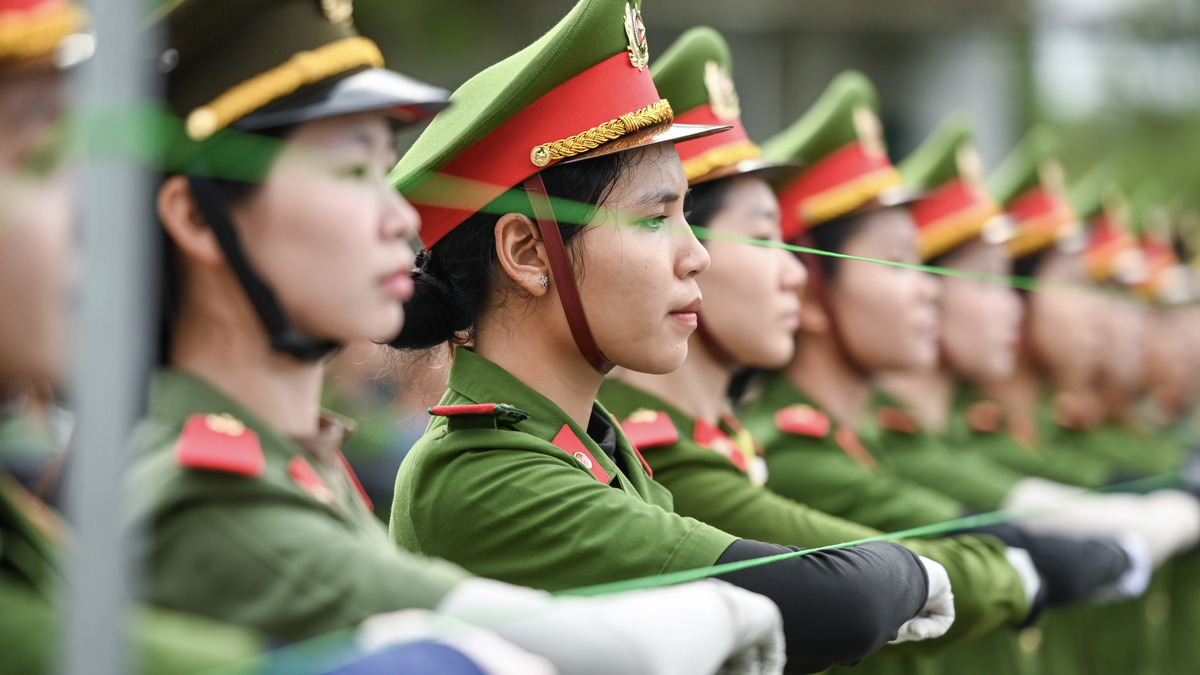


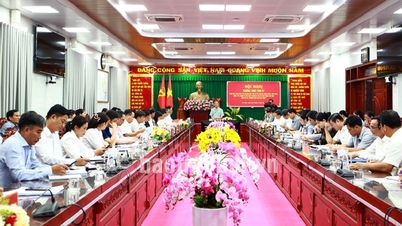









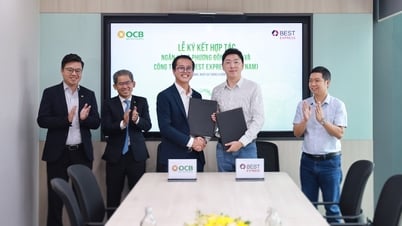

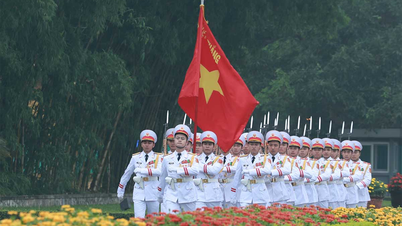






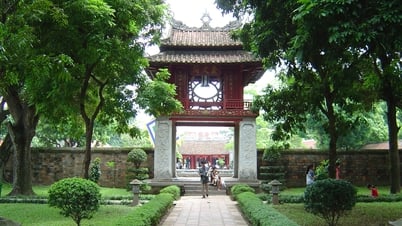

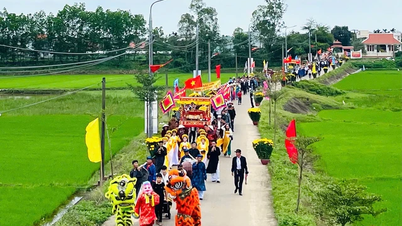



















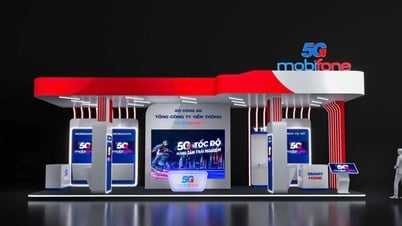


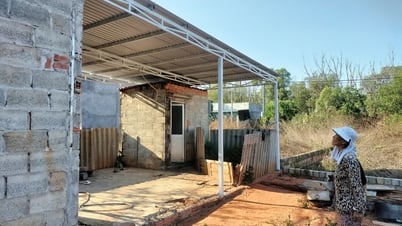
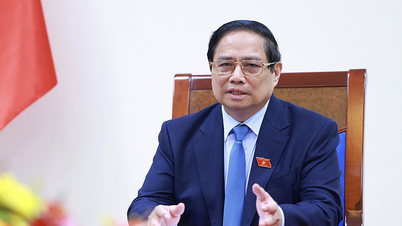


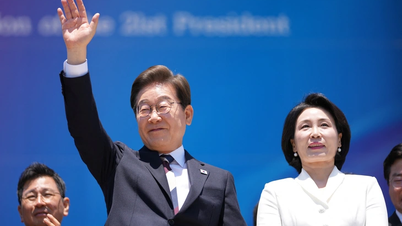





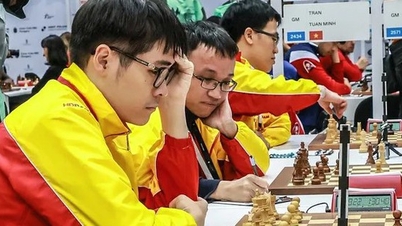




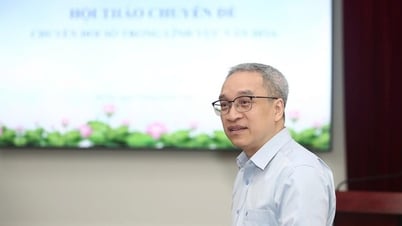




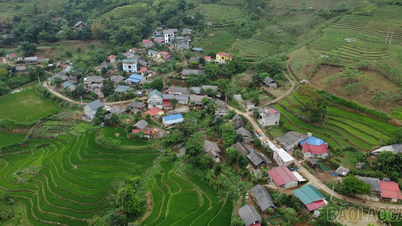

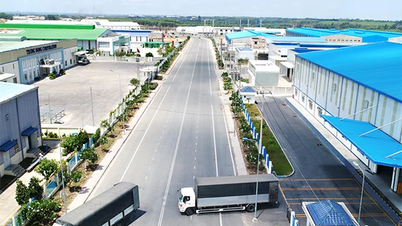

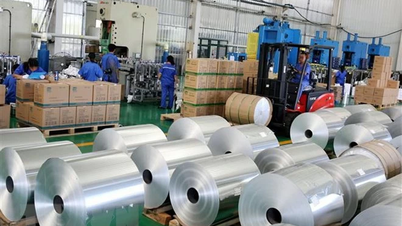
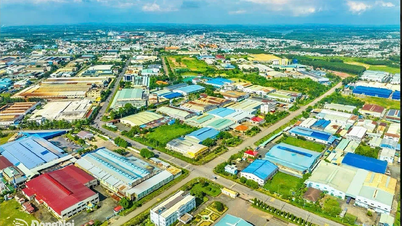










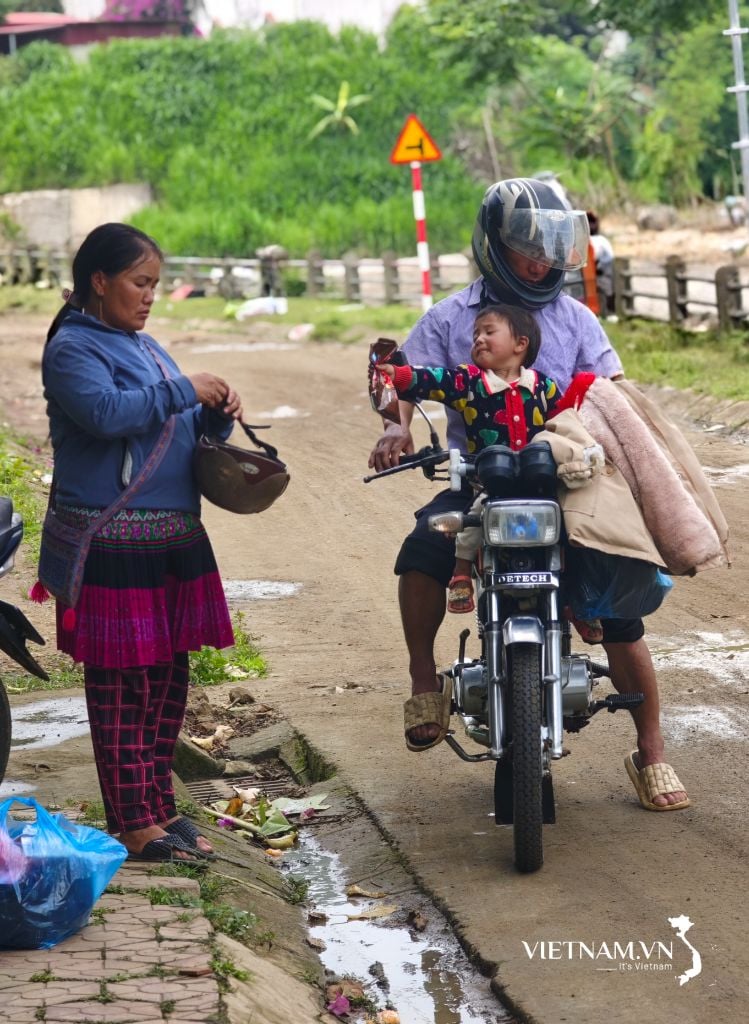

Comment (0)